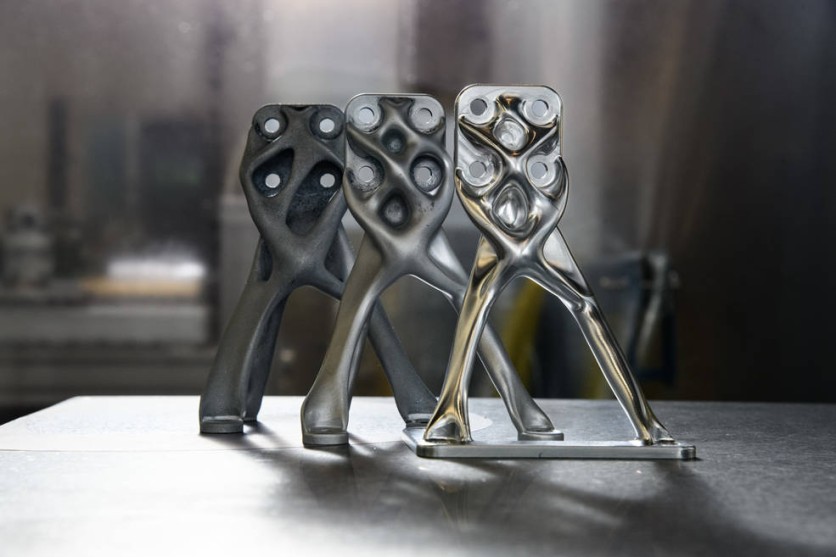NASA employed the advancements of artificial intelligence to design spacecraft and mission hardware that weighs less and tolerate higher structural loads. However, the end results were kind of "odd".
The space parts looked like weird metallic bones by some unknown species.

Evolved Design Process
Research Engineer Ryan McClelland, head of the newly-designed parts, notes that even though the hardware looks weird they eventually make sense once they function.
McClelland used commercially available AI tools at NASA's Goddard Space Flight Center through an "evolved design" process to create these space parts.
A computer-assisted design (CAD) expert first sketches the surfaces where the part attaches to the instrument or spacecraft, as well as other parts of the hardware's electronics.
McClelland said that creating these sophisticated designs only required an hour or two, adding that human and machine collaboration was crucial in ensuring the design's quality.
He claimed that these evolved parts, which can be machined by industrial suppliers, can reduce weight by up to two-thirds when compared to conventionally constructed components.
McClelland adds that performing the design, analysis, and fabrication of a prototype part and producing it physically only takes one week at the very least.
This process has the potential to speed up the process of creating crucial space parts, especially for large-scale missions.
The research engineer said that the parts had to be analyzed as well using NASA-standard validation software to find probable sources of failure.
EXCITE Mission
Meanwhile, Goddard physicist Peter Nagler also used evolved design to create the EXoplanet Climate Infrared TElescope (EXCITE) mission, which is a balloon-borne telescope intended to explore Jupiter-like exoplanets circling other stars.

The near-infrared spectrograph that EXCITE is now building and testing will be used to make continuous measurements of each planet's orbit around its host star.
McClelland created a titanium structure for the back of the EXCITE telescope, where the IR receiver was attached to a carbon fiber plate holding the primary mirror from an aluminum cryogenic chamber.
The SUV-sized payload for the EXCITE mission will be launched by a long-duration NASA Super-Pressure Balloon, and an engineering test flight is already scheduled for the fall of 2023.
Several industries are using AI to assist them in designing structures, products, services, and many more. NASA joins the trend by using its advancements for creating spacecraft parts.
McClelland said that 3D printing with resins and metals will usher in the future of AI-assisted design with the creation of larger parts such as complex systems, structural trusses, advanced precision optics, and many more.
Related Article : NASA Will Land On The Moon For The First Time in 50 Years l Here's Everything You Need To Know About Artemis 1

ⓒ 2025 TECHTIMES.com All rights reserved. Do not reproduce without permission.




